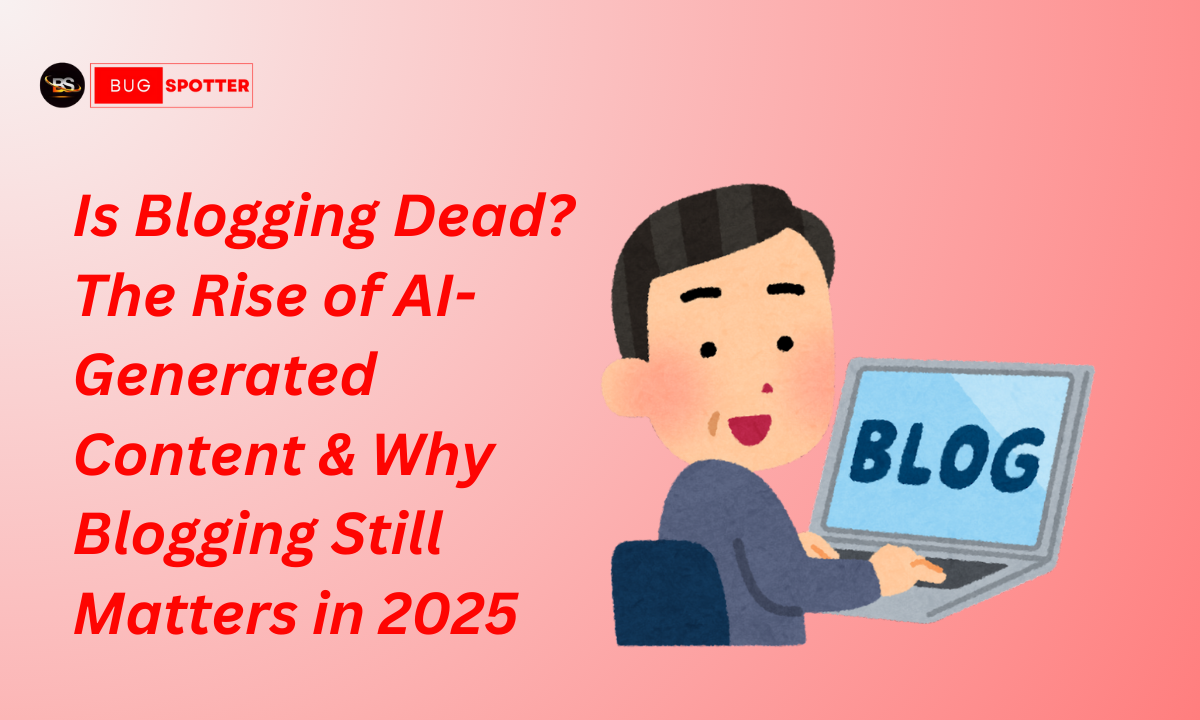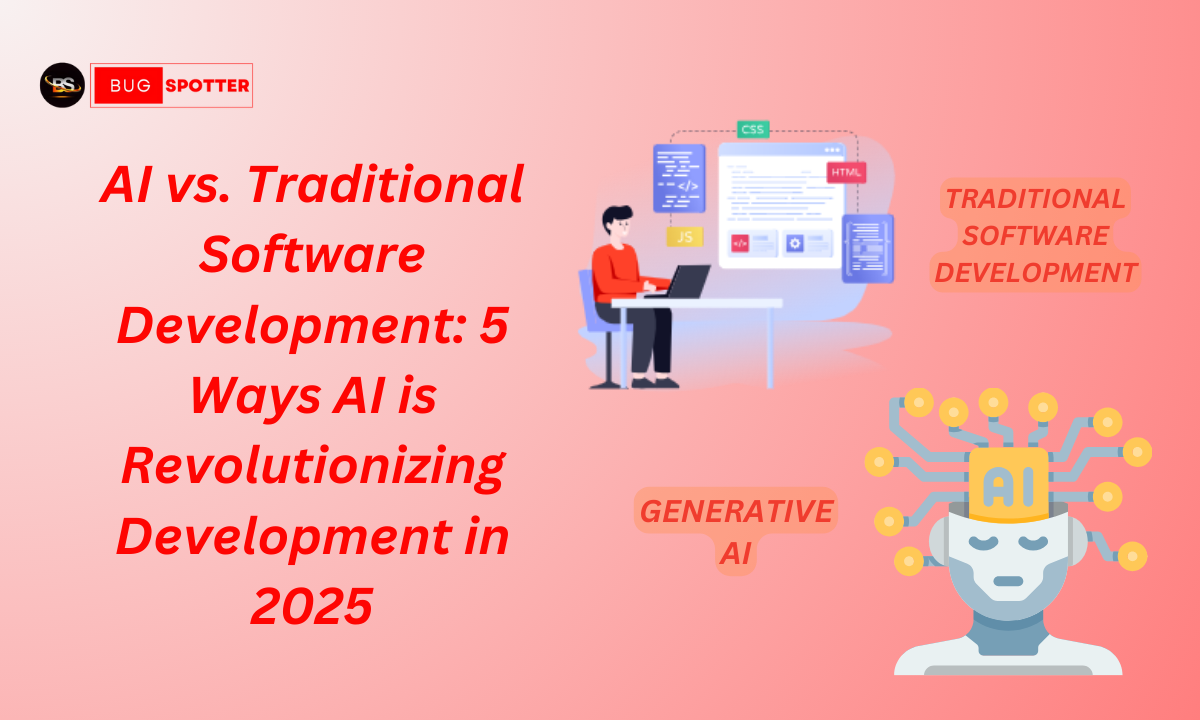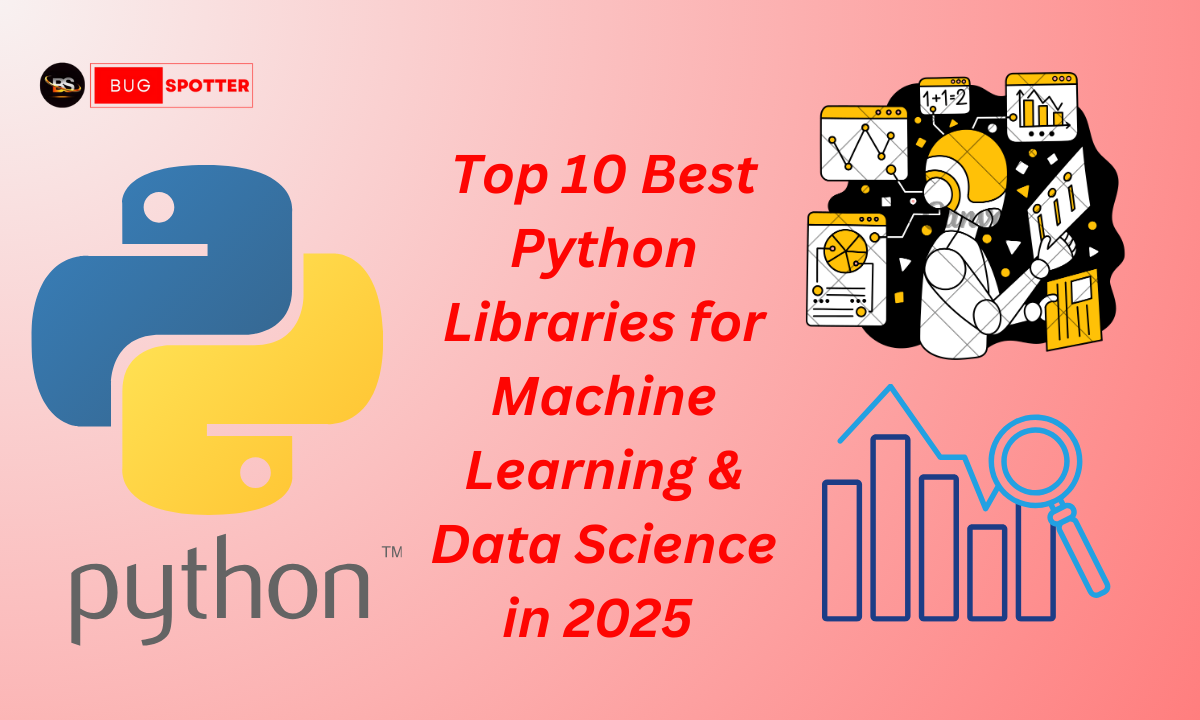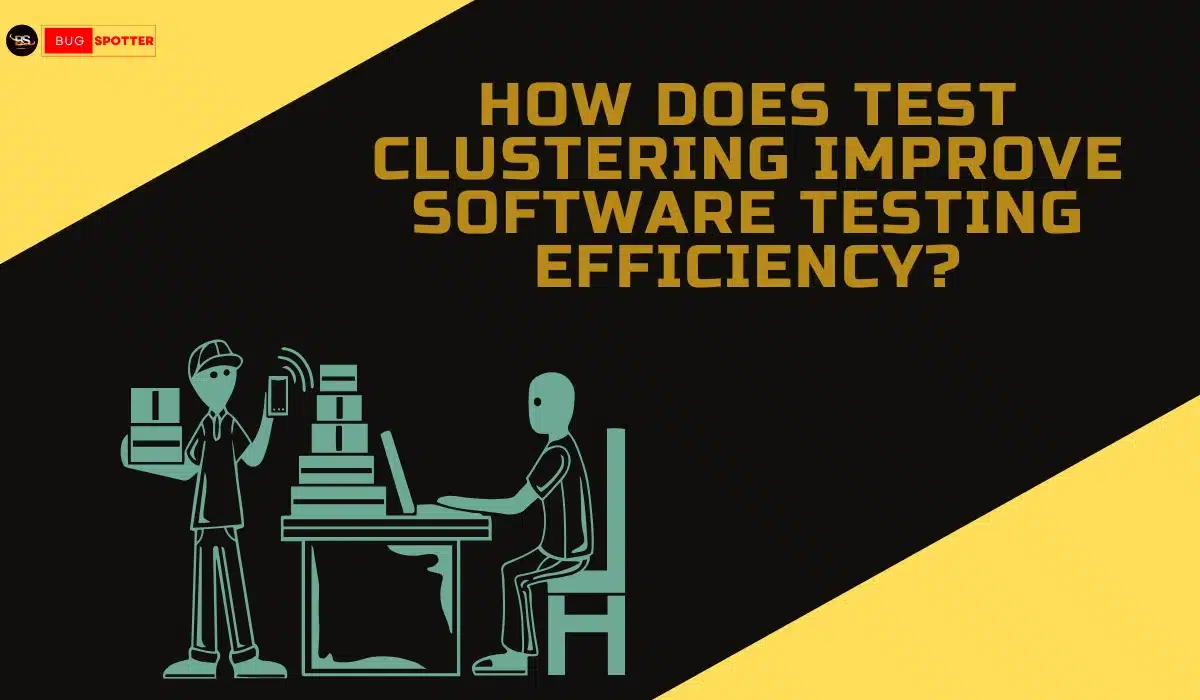What is Unsupervised Learning ?
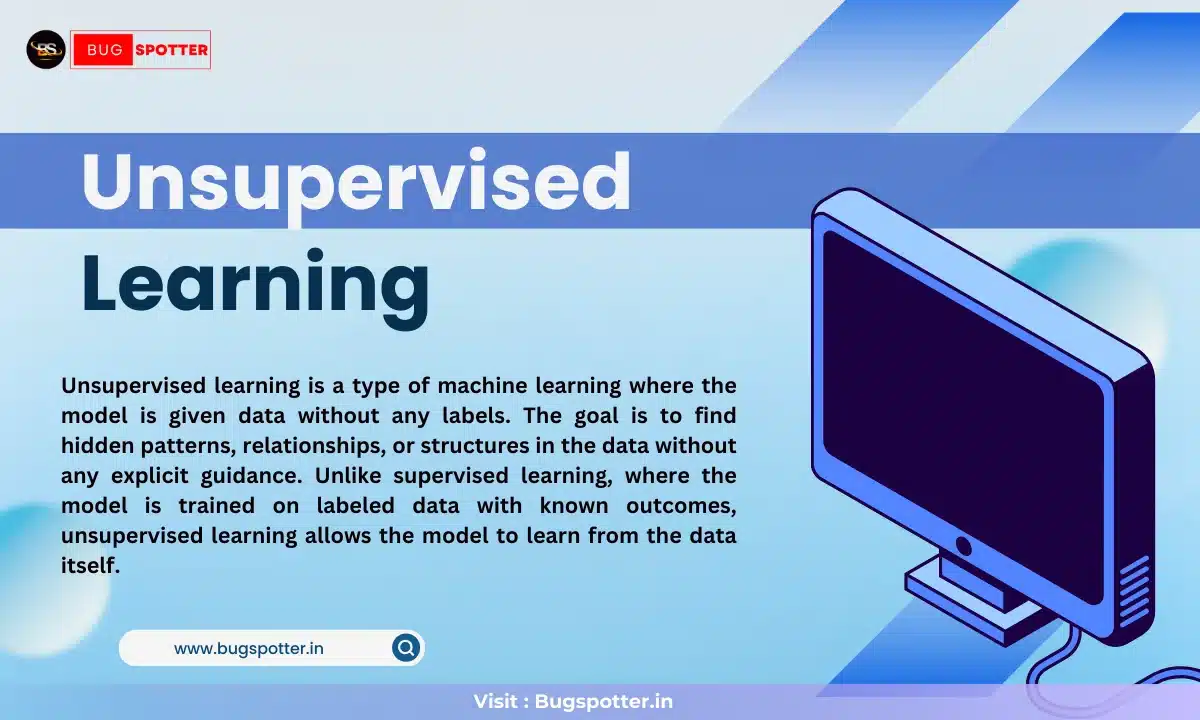
Introduction
Machine learning is revolutionizing industries, from healthcare to marketing to entertainment, but not all machine learning techniques require labeled data. While supervised learning relies on labeled datasets to make predictions, unsupervised learning works differently. It’s like exploring a new territory where the model is left to discover patterns on its own without any guidance or predefined labels.
In this blog, we’ll dive into the world of unsupervised learning, explain what it is, how it works, and explore some common techniques and real-world applications.
What is Unsupervised Learning?
Unsupervised learning is a type of machine learning where the model is given data without any labels. The goal is to find hidden patterns, relationships, or structures in the data without any explicit guidance. Unlike supervised learning, where the model is trained on labeled data with known outcomes, unsupervised learning allows the model to learn from the data itself.
Think of unsupervised learning as a researcher who looks at a large dataset without knowing what to expect. The researcher starts to group, organize, or find similarities within the data, discovering valuable insights along the way.
How Does Unsupervised Learning Work?
Unsupervised learning involves analyzing datasets where the output labels are not provided. Instead, the machine tries to find patterns, clusters, or structure within the data.
Here’s how it works in a nutshell:
- Data Input: You provide the algorithm with a dataset containing only input features (e.g., customer behavior, product attributes, images) and no labels.
- Pattern Discovery: The algorithm tries to find meaningful patterns or groupings in the data. For example, it might group similar data points together or discover hidden structures.
- Output: The result can be clusters of similar items, reduced dimensions of data for better visualization, or discovered relationships between variables.
Types of Unsupervised Learning
There are two main types of unsupervised learning techniques:
Clustering: Clustering is the process of grouping similar data points together based on shared characteristics. The idea is to divide the data into clusters, where the items in each cluster are more similar to each other than to those in other clusters.
Example: Customer segmentation in marketing, where customers are grouped based on buying behavior, demographics, or preferences.
Popular algorithms:
- K-means clustering: Divides data into K distinct clusters based on feature similarity.
- Hierarchical clustering: Builds a tree of clusters to show relationships between them.
- DBSCAN: Groups data based on density, identifying clusters of varying shapes.
Dimensionality Reduction: Dimensionality reduction is the process of reducing the number of features (variables) in the data while retaining its important characteristics. This technique is useful when dealing with high-dimensional data (many features) to make the data easier to visualize and analyze.
Example: Reducing the number of variables in a dataset to make it easier to visualize in 2D or 3D.
Popular algorithms:
- Principal Component Analysis (PCA): Reduces the dimensionality of data while preserving as much variance as possible.
- t-Distributed Stochastic Neighbor Embedding (t-SNE): Helps visualize high-dimensional data by mapping it to 2D or 3D.
Applications of Unsupervised Learning
Unsupervised learning is incredibly powerful and is used in a wide range of applications across various industries:
Customer Segmentation: In marketing, unsupervised learning algorithms like clustering are used to group customers with similar behaviors, allowing companies to target specific groups with tailored marketing campaigns.
Anomaly Detection: Unsupervised learning is often used in fraud detection and security to identify unusual behavior or anomalies in large datasets. For example, in credit card transactions, the algorithm can identify unusual spending patterns that may indicate fraudulent activity.
Recommendation Systems: Platforms like Netflix, Amazon, and Spotify use unsupervised learning to recommend products, movies, or music by identifying patterns in user behavior and clustering similar preferences.
Image Compression: In image processing, unsupervised learning is used to reduce the size of images by finding patterns in pixel data without needing labels, which is useful for storage and transmission.
Genetic Data Analysis: In biology and healthcare, unsupervised learning is used to analyze genetic data and identify underlying patterns or gene expressions without prior knowledge of outcomes.
Advantages of Unsupervised Learning
No Need for Labeled Data: One of the biggest advantages of unsupervised learning is that it doesn’t require labeled data, making it easier to work with large datasets where labels are difficult, time-consuming, or expensive to obtain.
Discover Hidden Patterns: Unsupervised learning can reveal hidden patterns and structures in the data that you may not have initially considered, offering insights that were not previously obvious.
Flexibility: Unsupervised learning algorithms can be applied to a variety of problems, from clustering customers based on purchasing behavior to reducing the dimensions of data for easier analysis.
Supervised vs Unsupervised Learning
1. Data Structure
- Supervised Learning: Uses labeled data (input-output pairs).
- Unsupervised Learning: Uses unlabeled data, no predefined output.
2. Goal
- Supervised Learning: The model learns to predict outputs from inputs (classification or regression).
- Unsupervised Learning: The model identifies patterns, structures, or relationships in data (clustering, dimensionality reduction).
3. Examples of Algorithms
- Supervised Learning: Linear regression, decision trees, KNN, SVM.
- Unsupervised Learning: K-means clustering, PCA, DBSCAN, t-SNE.
4. Data Requirements
- Supervised Learning: Requires labeled data, which can be costly and time-consuming.
- Unsupervised Learning: Works with unlabeled data, useful when labels are hard to obtain.
5. Applications
- Supervised Learning: Spam detection, credit scoring, disease diagnosis.
- Unsupervised Learning: Customer segmentation, anomaly detection, market basket analysis.
6. Evaluation
- Supervised Learning: Easy to evaluate with accuracy, precision, recall, etc.
- Unsupervised Learning: Harder to evaluate due to no labels; uses metrics like silhouette score or clustering quality.
7. Pros & Cons
- Supervised Learning: High accuracy with labeled data, but requires extensive labeled data.
- Unsupervised Learning: Works with unlabeled data, but can be difficult to interpret and evaluate.
Latest Posts
- All Posts
- Software Testing
- Uncategorized
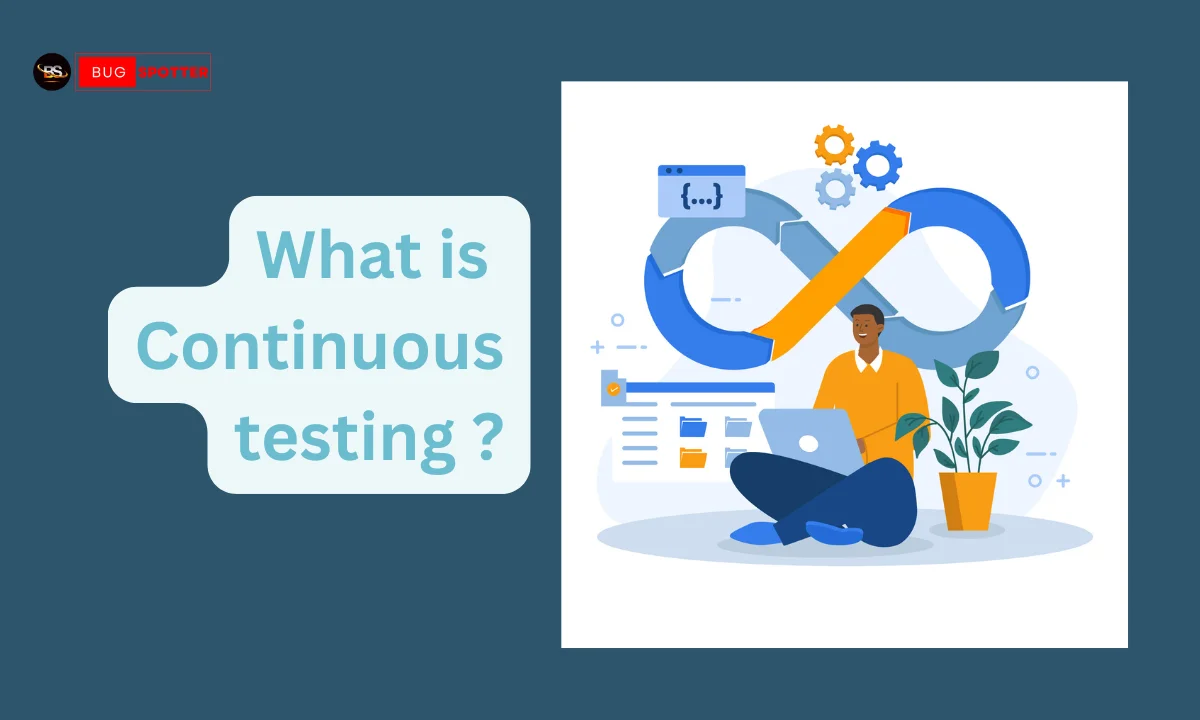


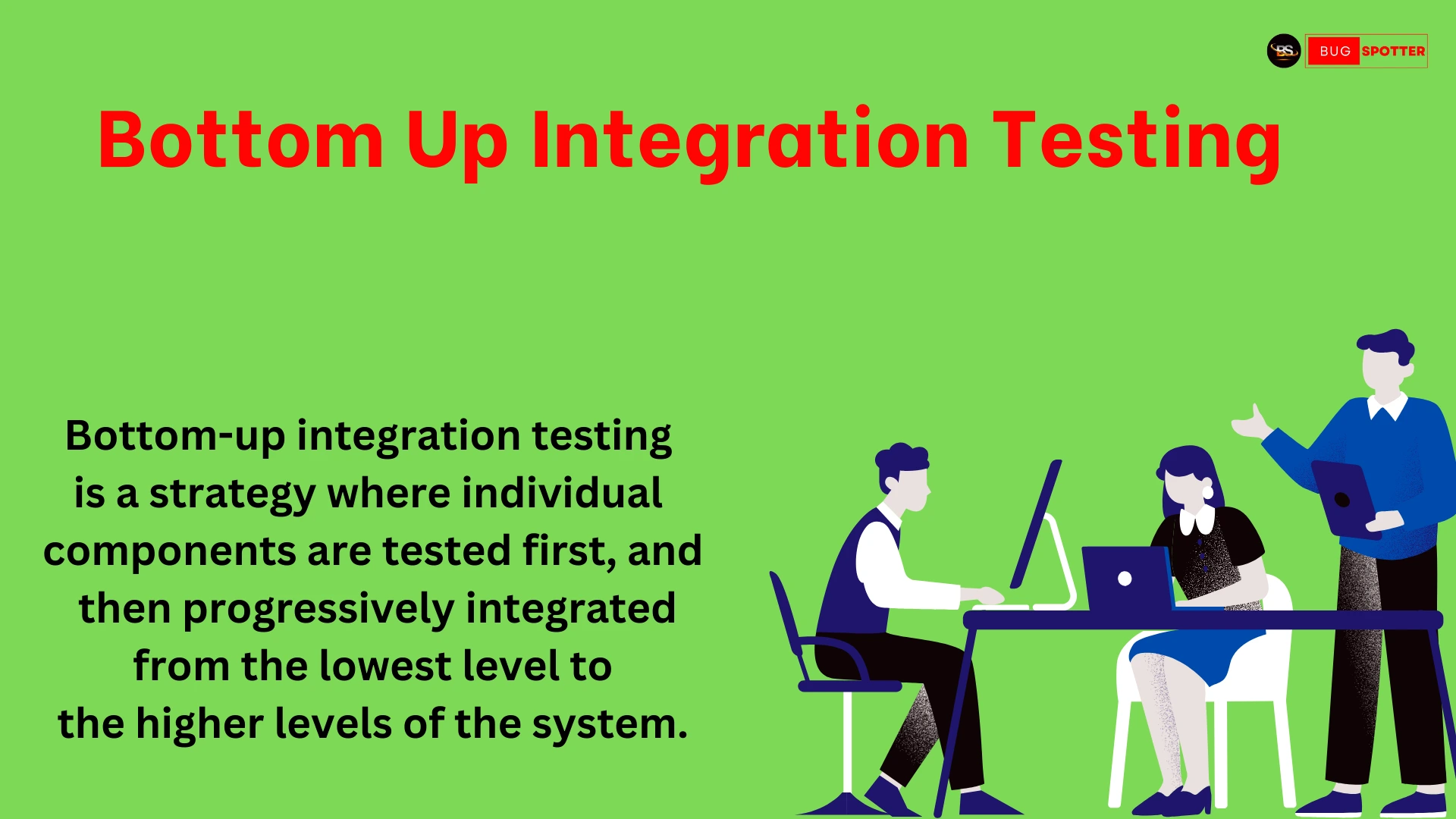
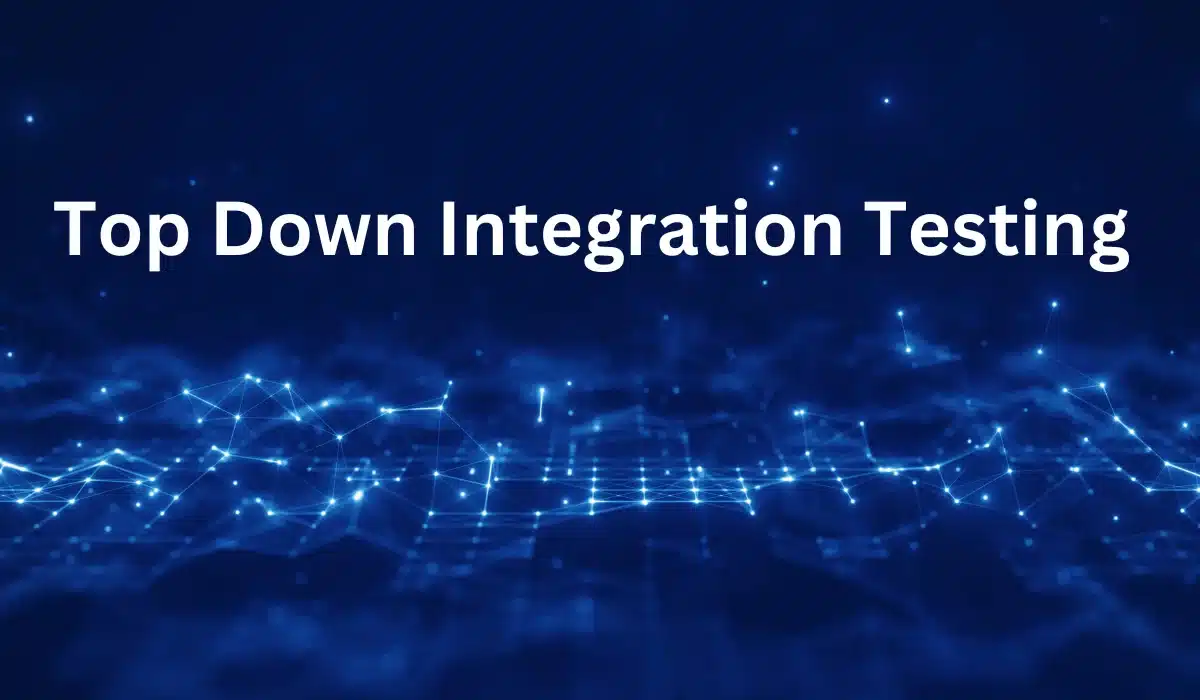
Categories
- Artificial Intelligence (5)
- Best IT Training Institute Pune (9)
- Cloud (2)
- Data Analyst (55)
- Data Analyst Pro (15)
- data engineer (18)
- Data Science (104)
- Data Science Pro (20)
- Data Science Questions (6)
- Digital Marketing (4)
- Full Stack Development (7)
- Hiring News (41)
- HR (3)
- Jobs (3)
- News (1)
- Placements (2)
- SAM (4)
- Software Testing (70)
- Software Testing Pro (8)
- Uncategorized (33)
- Update (33)
Tags
- Artificial Intelligence (5)
- Best IT Training Institute Pune (9)
- Cloud (2)
- Data Analyst (55)
- Data Analyst Pro (15)
- data engineer (18)
- Data Science (104)
- Data Science Pro (20)
- Data Science Questions (6)
- Digital Marketing (4)
- Full Stack Development (7)
- Hiring News (41)
- HR (3)
- Jobs (3)
- News (1)
- Placements (2)
- SAM (4)
- Software Testing (70)
- Software Testing Pro (8)
- Uncategorized (33)
- Update (33)


